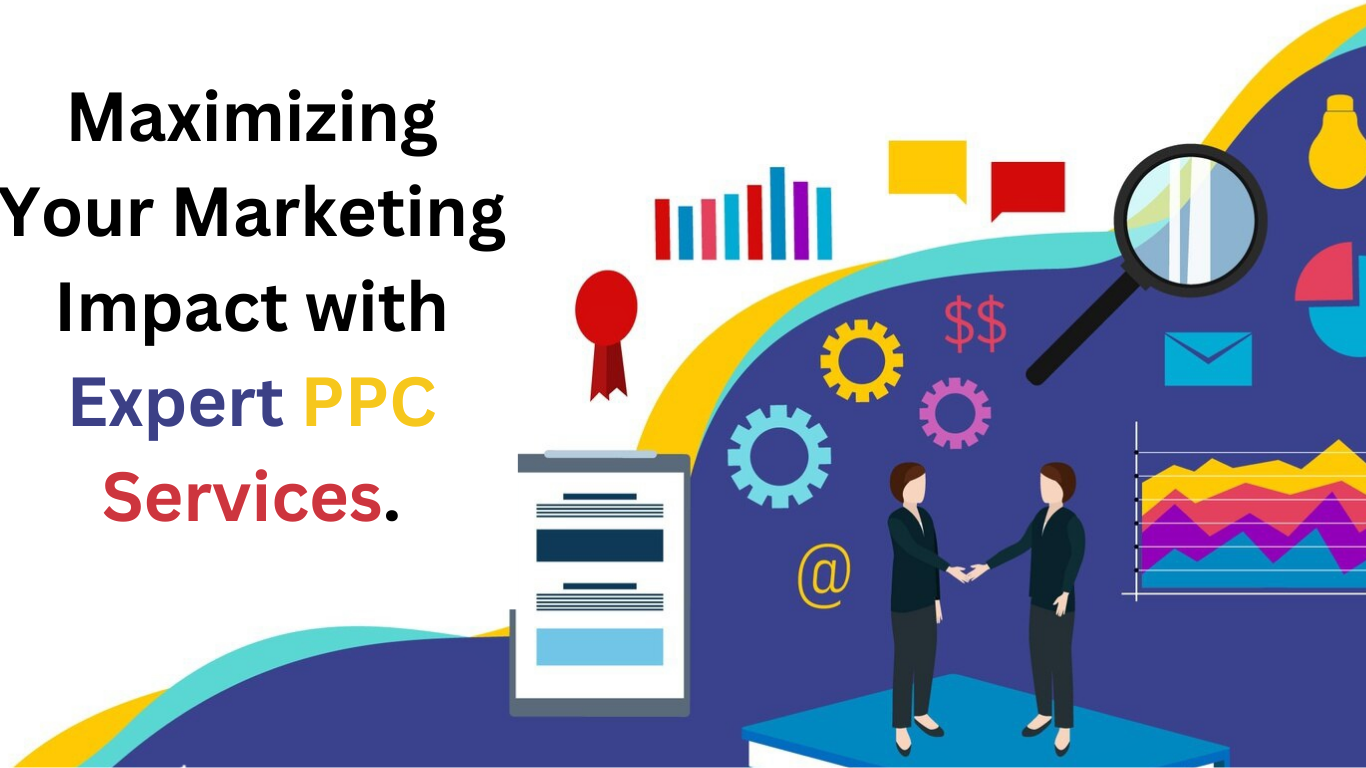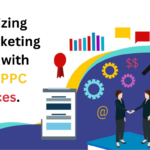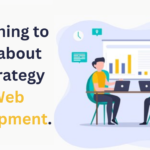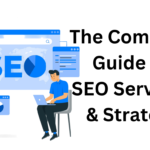Pay-per-click (PPC services) has emerged as a powerful tool that can drive targeted traffic to your site, increase brand visibility, and ultimately, boost sales. In the fast-paced world of digital marketing, businesses are always on the lookout for effective ways to reach their audience. But what exactly is PPC, and how can you use it to your advantage? This comprehensive guide will provide you with the insights, strategies, and tips you need to create successful PPC campaigns that deliver results.
What is PPC Services Advertising?
PPC, or pay-per-click advertising, is a model of internet marketing where advertisers pay a fee each time one of their ads is clicked. Essentially, it’s a way of buying visits to your site rather than attempting to earn those visits organically. PPC ads can appear on search engines, social media platforms, and various websites across the internet.
With search engine advertising, businesses bid on keywords relevant to their target audience. When users search for those keywords, the search engine displays the ads alongside or above the organic search results. Platforms like Google Ads and Bing Ads are the most popular for this type of PPC.
The Benefits of PPC Services.
Immediate Results
Immediate Results (The Most Convincing Benefit of PPC Advertising) PPC does not have to go through the erratic torture until it shows its effect but once you set up everything and your campaign goes live, PPC ads can drive traffic on your site in just a matter of time.
Targeted Audience
With PPC you will be able to choose exactly who sees your ad, targeting by demographics, location and interest all the way through even showing time of day. Such precision will make sure your ad only goes to the people who are more likely interested in buying what you have to offer, therefore skyrocketing your marketing efficiency.
Measurable ROI
And that they see an immediate ROI through PPC campaigns. On platforms such as Google Ads, you can monitor everything about your campaign like impressions to clicks and conversions to sales. This allows you to take data-driven decisions and keep on optimizing your campaigns for better performance.
Basic Knowledge of PPC Services.
Keyword Research
Keywords Research is a core element of any campaign worthwhile in Pay Per Click advertising. Getting keywords right is all about knowing the relevant terms your potential customers search for when looking for a product or service like yours. You can use tools like Google Keyword Planner, SEMrush, and Ahrefs to find keywords with high traffic volume that have low competition.
Ad Copywriting
With advertising, it is important to create both ads and headlines that can help you improve and see higher click through rates which then will lead to a greater conversion. Ad copy must be straightforward, to the point and have a compelling call-to-action (CTA) Focus on why your offer is special then tap into emotional touch points to appeal better to the readers. Keep in mind that you are working to keep someone from swiping away during the first 7 seconds of landing on your site, so every word counts.
Budgeting
One of the fundamental keys to successful PPC campaigns is budget. Decide the amount you agree to purchase for each snap and hold fast carefully within your general advertising financial plan. Similarly, use your budget prudently as it will affect the reach and frequency of your ads.
Advanced PPC Services Strategies
A/B Testing
A/B testing or split testing is an experiment where you run multiple versions of your ads to see which one works and then make the winner as your champion. Testing headlines, ad copy, images and CTAs allows you to determine what works best with your audience so that you can optimize your campaigns based on this.
Remarketing
All of these things combined is what a typical remarketing tool does: Re-engages with traffic that visited your site but didn’t convert It is by showing these users with focused advertisements on other websites that you can refresh the memory of your offer to them, and eventually prompt them to come back at least buy from you. Remarketing can increase conversion rates and ROI significantly.
Geo-Targeting
It helps you to show your ads for a particular area (Geo-targeting).Benefit of Google AdWords is that it allows Geo-Targeting. This is especially true for businesses that have local distribution or targeting a certain area. The way to reach is by customizing ads according to various fields of common concern, which will earn more and better results for sure.
Mistakes to Avoid in PPC Services.
Ignoring Negative Keywords
Negative Keywords include keywords for NOT SHOWING up ads. With this you get to suppress unwanted, irrelevant or low-intent keywords and wasted ad spend by ruling out potentials which only lead your ads in front of the wrong eyes.
Ignoring Mobile Optimization
Today, more and more people are using their mobile devices to browse online. It is very important that you have a PPC with some of your ad groups optimized for mobile. Make sure your landing page is mobile optimized, and try using ad formats that are just for mobile to reach consumers on the go.
Failing to Monitor and Adjust
PPC campaigns need to be monitored and optimized regularly which helps us achieve the best results. Analyze key metrics and adjust your campaign performance as needed. This type of approach is proactive and will help you remain in front and consistently improve your RIO.
Success in PPC Services
Key Metrics to Track
You can follow this success with help of performance metrics like click-through rate (CTR), conversion, cost per click (CPC) and return on ad spend. Being aware of how these measurements turn out to be will provide you the much-needed information on your campaign performance, and it would make itself easier for you to see what is working or not.
Analyzing Data
Employ your analytics tools to collect and view data from your PPC campaigns. And one way in which you can do that is by sifting through your analytics data to find any potential trends or patterns, used as the basis to inform strategy and raiding parties for optimization. Monitor users’ interaction, i.e., time on site and pages visited to understand your audience better.
Adjusting Strategies
After finalizing the analysis, tweak your PPC to perform better. It could mean changing your ad copy, testing out different keywords or spending money on other things. By testing and refining your campaigns on an ongoing basis, you will be able to get there.
The Future of PPC Services.
AI and Automation
PPC is being changed by way of automation and synthetic intelligence (AI). Big data analysis: AI tools can process large volumes of information, detect patterns and adjust on the fly during campaigns to better performance. This includes features like bid management, ad creation and performance monitoring that can enable marketers to move from execution focus materiality tasks and instead they plan campaigns in a strategic manner.
Voice Search
Voice Search: With the popularity of device assistants like Amazon Alexa and Google Assistant on the rise, voice search is something we have started or will start considering in our PPC campaigns. Well, this process of leveraging your ads for voice search revolves around serving a more natural language and conversational keyword queries.
Visual Search
Another new development in PPC is visual search (i.e., using images instead of text to search), Pinterest and Google Lens are a couple of examples leading the charge in visual search technology. If you want to have a competitive edge for the future, then advertising and content optimization works will be beneficial in this respect as well!
Conclusion
PPC advertising, when done right can yield some serious results for your business. When you learn the fundamentals, execute with maturity and proactively stay in touch with industry changes — You could have the ammo to run effective PPC campaigns which lead to lucrative results. Do not forget to track and adapt your campaigns over time in order to get the most ROI possible from all of those Facebook, Twitter & LinkedIn posts as well as achieve your marketing objectives.







Leave a Reply